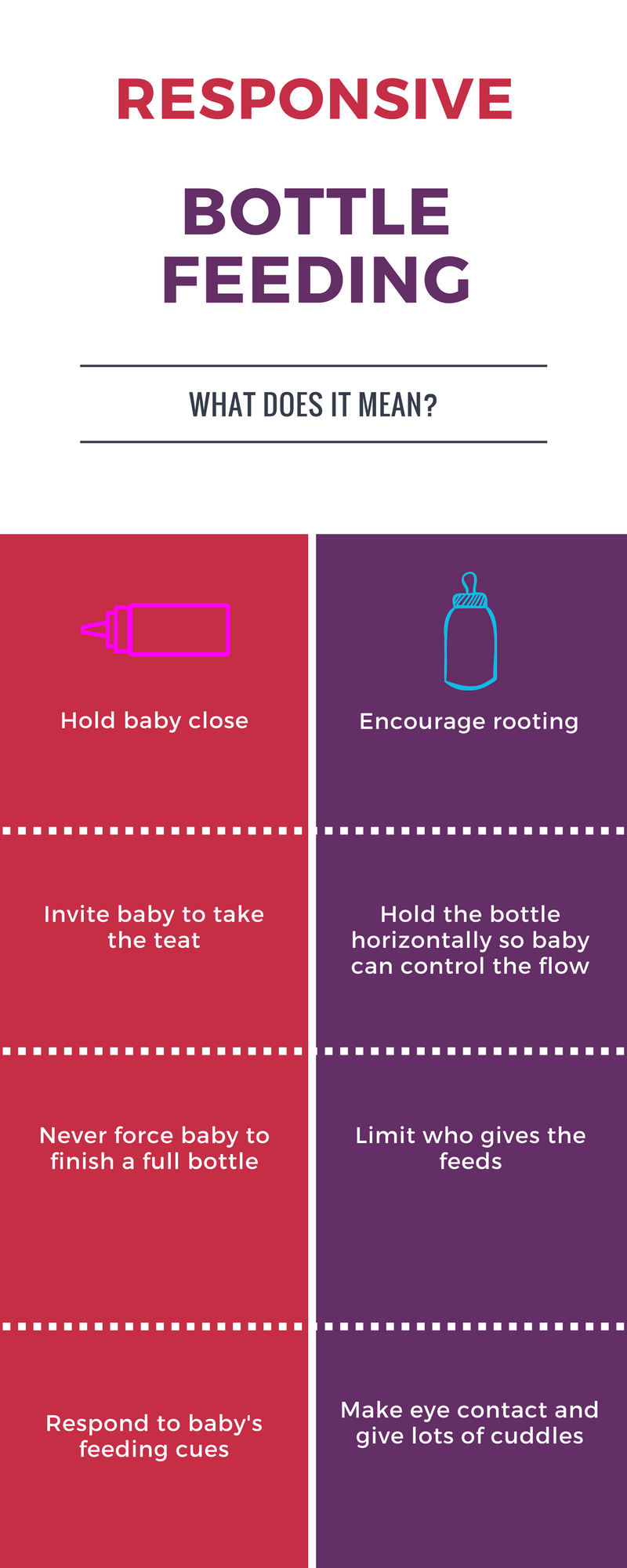Tag Archives: bottlefeeding
Dean & Claire’s first week of parenthood
This follows Dean’s birth story, here.
Day One.
I’m back in at 10am, Claire has got 1 hours sleep but looks great on it even if she doesn’t feel it. Alexander has had his first attempt at breastfeeding and it’s not going well. Claire is frustrated at not being able to get the right position and when she does he latches on, takes a few sucks and falls asleep. Blowing on his face, tickling his tummy or pinching his feet wake him for a few more gulps and then he’s back in the world of nod.
This is how it’s been all night and we are slightly concerned, but the midwives are ok with it. In fact, listening to other conversations around the ward this seems to be a common theme. Read More
What’s wrong with this poster?
Walking past the Tesco store in Beverley, in the East Riding of Yorkshire, I glanced through the window into the cafe, and saw this huge poster. “Here to help,” it says, in big friendly letters. “Hungry baby? We’re happy to warm your milk for you.” There’s a smiley face, and the name of the ten year old who designed it.
That’s kind, you might think. They’re giving out free jumpers, which on a miserable drizzly day seems like a nice thing to do. And then you would realise that the poster assumes that you are bottlefeeding. And statistically, they may well be right [let’s trot out those stats again: 81% of mothers initiate breastfeeding, 58% are still breastfeeding at six weeks, 12% at four months].
While the poster does not explicitly state that breastfeeding mothers are not welcome, and under the Equalities Act 2010 they are required to accommodate breastfeeding mothers, the underlying assumption that anyone with a baby in the cafe will have a bottle of milk with them simply undermines breastfeeding, and that contributes to the rapid drop-off in breastfeeding rates in the UK. There is no poster welcoming breastfeeding mothers; there would not be room for one anyway, as the bottlefeeding poster takes up the entire wall. And it would make no sense to put up a poster stating that both breastfeeding and bottlefeeding mothers are welcome. That, however, was the response from @UKTesco, when I tweeted about the poster: please be aware, breast feeding is always welcome at the store 🙂
You might think I’m getting a bit stale if I continually bang on about not dividing up the breastfeeding mothers and the bottlefeeding mothers into separate camps. The statistics above tell us that a huge proportion of breastfeeding mothers also bottlefeed, so the distinction is very vague anyway. How hard can it be to make all mothers feel welcome, and advise them that facilities are available for whatever kind of feeding they need to do?
However there is another problem with this poster, which is that it implies bottles could be made up in advance and warmed up. This contravenes NHS guidelines to make up each feed as your baby needs it, because of the risk of food poisoning bacteria in the formula. Perhaps they could go back to offering hot water (over 70 degrees) instead. And perhaps not get ten year olds to devise their policies.
Book review: Successful Infant Feeding, by Heather Welford
This comprehensive book takes a broad view of infant feeding, including how-to sections for both breast and bottlefeeding, along with an interesting examination of the history and politics, and the social and emotional aspects of the subject. It gives enough detail to be useful to breastfeeding supporters and other health professionals, without being too dense for parents and parents-to-be.
I warmed to the book immediately on reading the opening chapter, about babies’ development over the first year. This sets the subject of feeding nicely into the wider context of babies’ needs; and yet, without pulling any punches about the risks of formula feeding, manages to be inclusive and non-judgmental about the range of choices that parents make. Importantly, Welford acknowledges that, for many parents, formula feeding is not a choice willingly or happily made, and that it is very hard for health professionals to get the right tone when it comes to supporting parents in making decisions about feeding.
This book is useful because as well as accurate how-to information, it also touches on a range of special situations and common concerns, briefly explains the WHO code, and looks at how individual babies’ feeding patterns might change over time. It even includes enough information on the introduction of solid food to render the purchase of anything by Annabel Karmel completely unnecessary.
The language used is crystal-clear and helpfully free of value-laden terms. I have already heard myself reciting bits of it in antenatal classes (while hoping that Heather won’t want any royalties!), have sent a copy to my sister-in-law who is expecting her first baby, and recommended it widely. It is the book that our profession has been waiting for, and should be on the reading list for anyone working with new parents.


